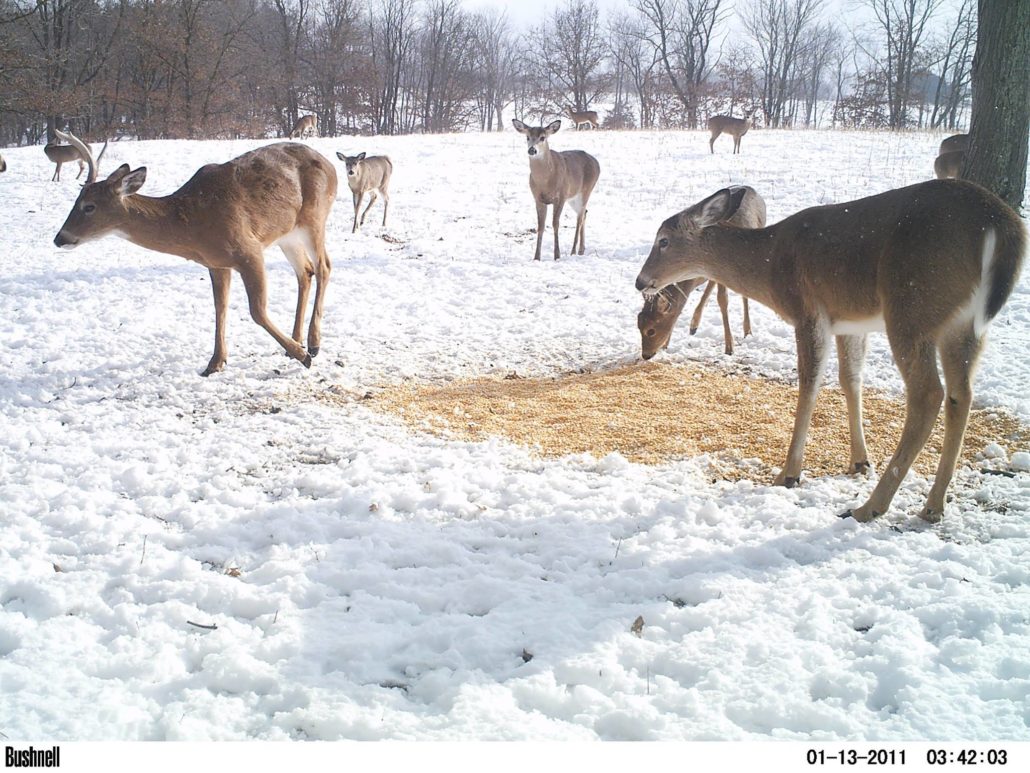Hinge Cutting for Deer | Supplying Winter Food and Cover
Why and How to Hinge Cut for Deer
February and March are the hardest times of year for whitetails. They are near the end of their fat reserves, AG field residue is wiped out, and woody browse is limited and often over pressured. What is your solution for feeding deer in the winter if your property is not up to par? The solution is sitting in your garage, your chainsaw…
February and March will bring new challenges to our properties, are roles as deer managers, and to the deer themselves. March is hardest time of year for whitetails. They are near the end of their fat reserves, AG field residue is all dried up, and woody browse is limited and often over pressured. Spring green up is right around the corner but deer still have a month or two of hardships ahead. It’s important that we understand what a whitetail desires this time of year and exactly what type of food they need in the winter.
A whitetail is adapted to survive the winter, they reduce movement, reduce intake and survive off of their fat reserves from fall. Currently a deer’s diet in winter will consist roughly 40% fat reserves, crop residues, and left over hard mass, but 60% will be woody browse. The main question you need to ask yourself this time of year is “do you have enough food and Quality cover on your property to carry your deer herd through the winter?”
We can correct this by putting out the right feed for deer in the winter with the chainsaw. By hinge cutting tree species such as hackberry poplar, and maples, non-mass bearing trees (do not cut oaks and hickories) we can put food at a deer’s level and also create bedding areas with certain cuts. The tops of the trees offer a lot of food in the form of newly grown buds and branches.
Cutting this way also serves the purpose of creating side cover, multiple hinge cuts can offer a lot of food and cover where it was once open. You are dropping a lot of shade closer to the ground, at the deer’s level( up to 6ft) and they will eat on the buds and branches, bed next to or under the hinge, and the top of the tree serves as protection for young samplings, ,especially important for oak regeneration.
The Alternatives
Hinge cutting solves our problems for cover and deer food during the winter, it is a better long term solution for problems of March, and it is an alternative for the negatives associated supplemental feeding and/or feeding deer large quantities of corn. If you don’t have the habitat that can support hinge cutting as the form of emergency food you might have to rely on a stronger food plot program or supplemental feeding. Supplemental feeding is not recommended or illegal in some states, but where legal and in the right areas, you can do it right!




